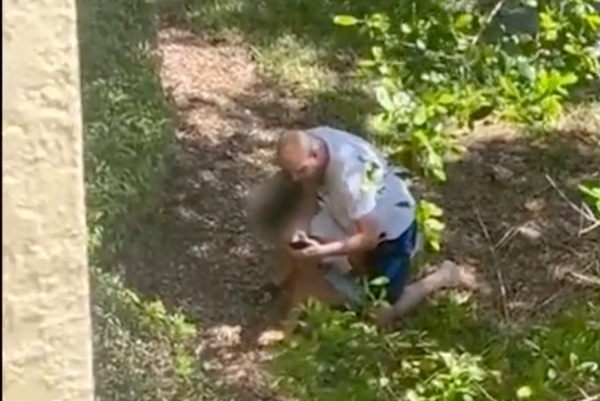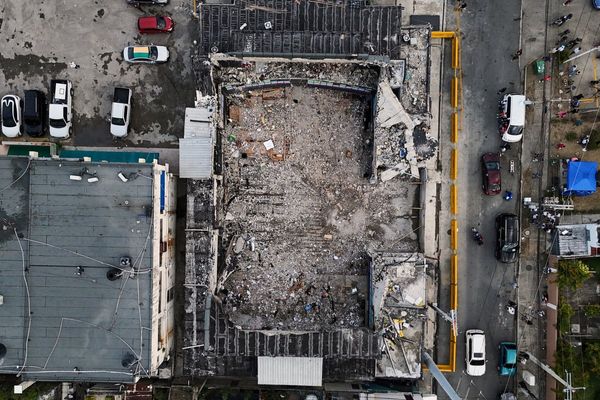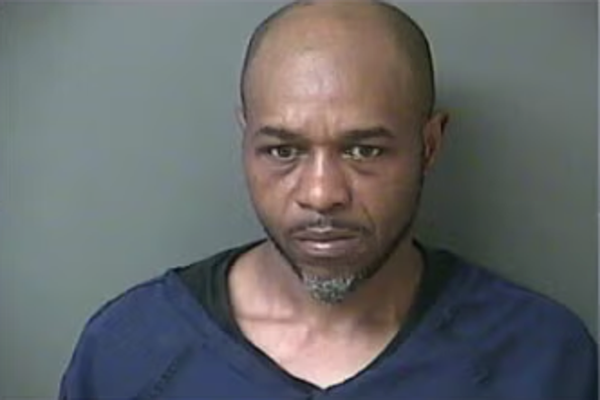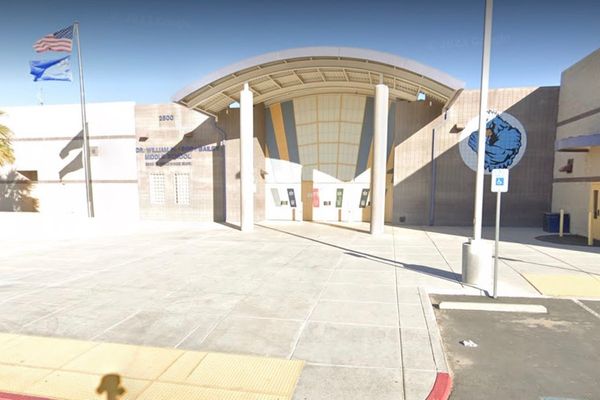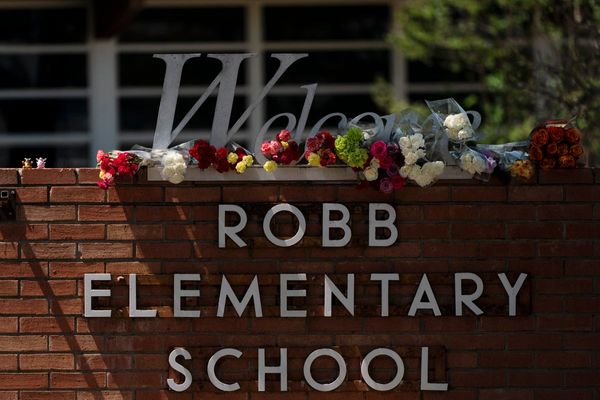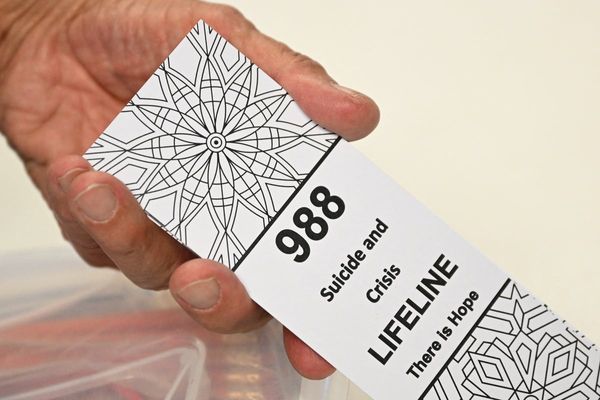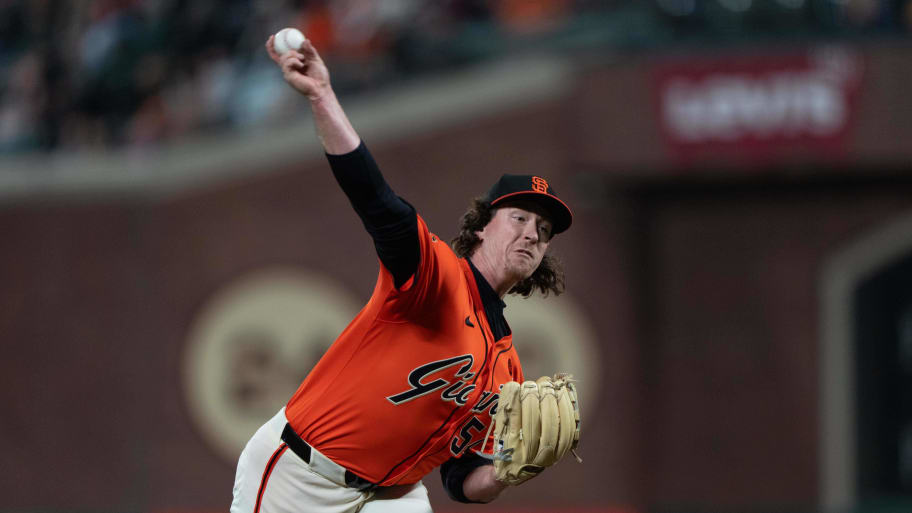
The trade deadline did not go out with a bang, but with another sobering statement about the diluting effects of relief pitching on the sport. The last day to make a 40-man roster addition before the playoffs saw no blockbusters. Instead, teams maneuvered feverishly to find bullpen arms, most of whom are fungible, low-profile pitchers in their 30s who have bounced among teams but may have found the one pitch or one mechanical adjustment to boost their strikeout rate enough to catch the fancy of an analytics department.
From Andrew Chafin, 34 (sixth team, three of whom have traded him) to Tyler Zuber, 29 (fifth team, three of whom have released him), relief pitchers sucked the air out of the trade deadline room as surely as they have more and more outs out of every game. Of the 34 players traded Tuesday, 20 of them were relief pitchers.
You like offense? Good luck finding it. Nine position players were traded Tuesday. Eight of them are below average hitters (OPS+ less than 100). The best bat traded Tuesday was Isiah Kiner-Falefa, a career .264 hitter. The best bat traded in July was Jorge Soler, a .240 hitter with a 116 OPS+.
Good on you if you know your Lucas Ercegs from your Dylan Floros. Most fans do not. But front offices know the way to a championship is through a bullpen. The increase in velocity, which includes pitches that spin, has spawned an era in which starters pitch less while more and more relief pitchers pick up the slack.
Just 10 years ago, the average MLB starting pitcher lasted 6.0 innings, threw 96 pitches and earned the victory in 70% of games. This year, the average starter goes only 5.3 innings, throws 86 pitches and gets the win only 59% of the time.
If you’re looking for the face of the deadline, you could well choose Mike Baumann, one of those fungible relief pitchers. He has bounced among four teams in the past 68 days: traded by the Orioles to the Mariners, purchased by the Giants and on Tuesday traded to the Angels. He throws 96 mph. His career ERA is 4.68.
The batting average this year from the seventh through ninth innings is .234. Only in 2021 (.233) have hits been harder to come by late in games (in a full season). Ten years ago, the late-game batting average was .241. Twenty years ago, it was .257!
More and more, this game is dominated by relief pitching. And now, so, too, is the trade deadline.
Here are the other big takeaways from the trade deadline:
The starting pitcher market was meh.
No Max Scherzer (2021 and 2023), Zack Greinke (2019), Yu Darvish (2017), Cole Hamels (2015) or Jon Lester (2014). The Tigers never came close to trading Tarik Skubal, the White Sox lost leverage with the demands of Garrett Crochet, and the Giants, with a losing record, held Blake Snell to make a wild-card run (they just need to get to .500 first).
The best starter traded was Jack Flaherty, a guy who signed late in the winter on a one-year deal with Detroit. He regained the extra gear on his fastball and changed his pitch mix to throw a career-high percentage of breaking pitches. The Dodgers got a steal from the Tigers in a guy who probably will start a playoff game for them, given the uncertainty around what they thought were frontline starters.
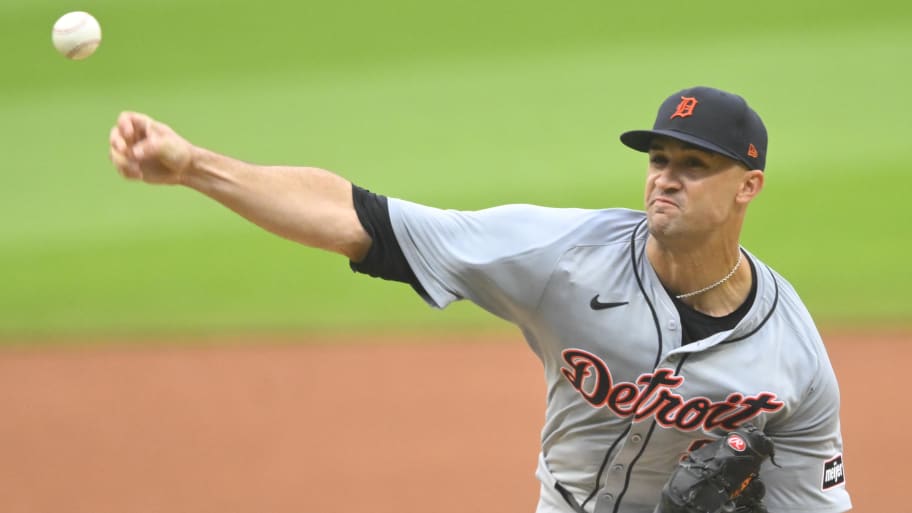
The Orioles need to explain their curious strategy.
The young positional core of this team is reminiscent of the 2014–16 Cubs, needing only a power arm in the rotation and bullpen to finish off a championship roster. Those Cubs fearlessly signed Lester and traded for Aroldis Chapman. Baltimore failed to get an impact player.
The Orioles added starting pitchers Zach Eflin, whose strikeout rate has dropped from 9.4 per nine innings last year to 7.3 this year, and Trevor Rogers, who in three years has lost 2 mph off his fastball and this year has the worst WHIP of any pitcher with 100 innings. They picked up two relievers, Seranthony Dominguez and Gregory Soto, whom the Phillies discarded because they don’t throw enough strikes and were booted from manager Rob Thomson’s circle of trust. They picked up outfielders Austin Slater (OPS+: 57), Christian Pache (63) and Eloy Jimenez (95), a player with no defensive value with a .345 slugging percentage who hits more groundballs than any hitter.
What the Orioles did was hedge their bets (while trying to fill their 2025 roster) with multiple moves. But here’s the problem: those moves require the major league staff to fix these players in a short period of time, such as Rogers finding his velocity, Dominguez and Soto finding command and Jimenez finding a way to get the ball in the air. One more risk: Baltimore turned over seven players on their 26-man roster. That’s a huge threat to the chemistry this team had developed over the past two seasons.
Given how the Yankees filled needs nicely (the athletic Jazz Chisholm Jr. and strikeout-machine Mark Leiter Jr.) and closed the gap, the Orioles may well wind up in another wild-card series instead of earning a bye.
A.J. Preller and Dave Dombrowski hunt championships.
The top baseball operations officers of the Padres and Phillies do not crow about their first-round picks or the great athletes they have in A ball. They make the big moves it takes to compete for a world championship.
Preller won The Great Bullpen Race by getting Tanner Scott and Jason Adam, giving San Diego a ferocious pen—this in the same year he traded for stars Dylan Cease and Luis Arraez. San Diego just became the biggest threat to the Phillies and Dodgers to win the NL pennant.
Dombrowski added strike-throwing closer Carlos Estevez, a huge need for a win-now team while the prospect mavens whined about how he “overpaid.” Risk-averse executives know prospects buy you time in terms of job security. Preller and Dombrowski get things done without fear of consequence.
The two under-the-radar moves with the biggest upside:
1. Michael Kopech to the Dodgers. He has an elite fastball, with spin and carry properties that resemble the one of Gerrit Cole. His slider needs work. Leaving the White Sox, whose player development has a reputation among players as lacking, for the Dodgers, who are state of the art, especially when it comes to spin, is a huge upgrade that is likely to produce big results.
2. Alex Cobb to the Guardians. Coming back from offseason hip surgery, Cobb should join the Cleveland rotation in about a week. He is the needed veteran arm to complement Tanner Bibee and Gavin Williams in the postseason rotation. Like San Diego, Cleveland, with its deep pen, is even more of a nightmare postseason matchup having addressed the hole in its rotation.
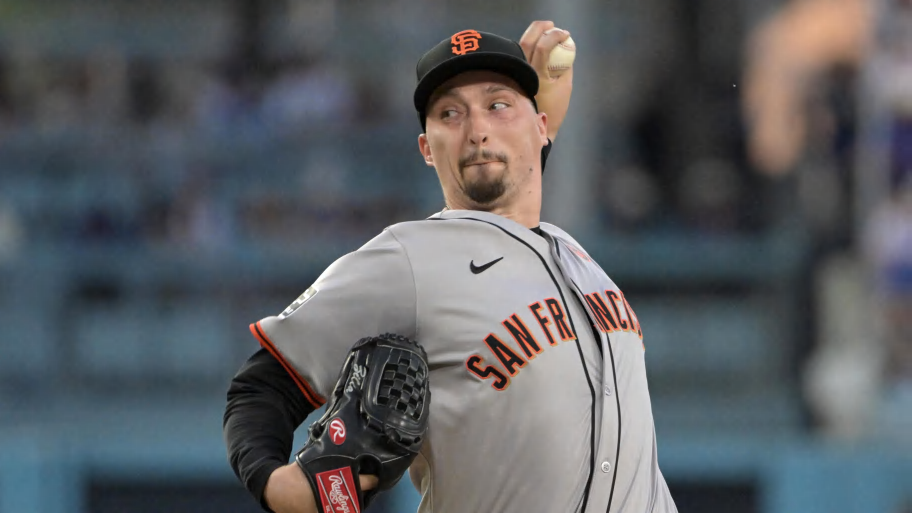
What are the Giants doing?
They traded Soler and Cobb but held on to Snell. Over the past three years they are 213–220 without an identity or an obvious direction. After late, opportunistic buying this past winter (Soler, Snell, Matt Chapman), they dumped Soler just as he was starting to hit. They are 30–40 against winning teams. They expect Snell, Logan Webb, Robbie Ray, Kyle Harrison and Hayden Birdsong to make them the rare team that rides starting pitchers to the playoffs.
The White Sox are bad and unlucky.
They had a window in a sellers’ market to begin to turn around the franchise. They lost leverage with Crochet when he let the world know he would pitch in October only with an extension. They lost leverage with Luis Robert Jr. when his value cratered with a career-worst OBP (.290) and an inability to hit anything that wasn’t a fastball (.188). And they could wind up with 120 losses and because of the new draft rules will not pick until the 10th selection next year—while first-place Cleveland won the top pick of this year’s draft.
Will the last one leaving Florida turn out the lights?
The Marlins and Rays traded 18 major leaguers. Eighteen!
Baseball is not stock trading. It is a public trust and an athletic competition in which the goal is the shared joy between team and community in the striving to win. Limited resources do restrict options. But continually sending away major league talent is worthy of our sympathy, not our celebration.
This article was originally published on www.si.com as MLB’s Trade Deadline Reflected the Unfortunate State of the Game.
